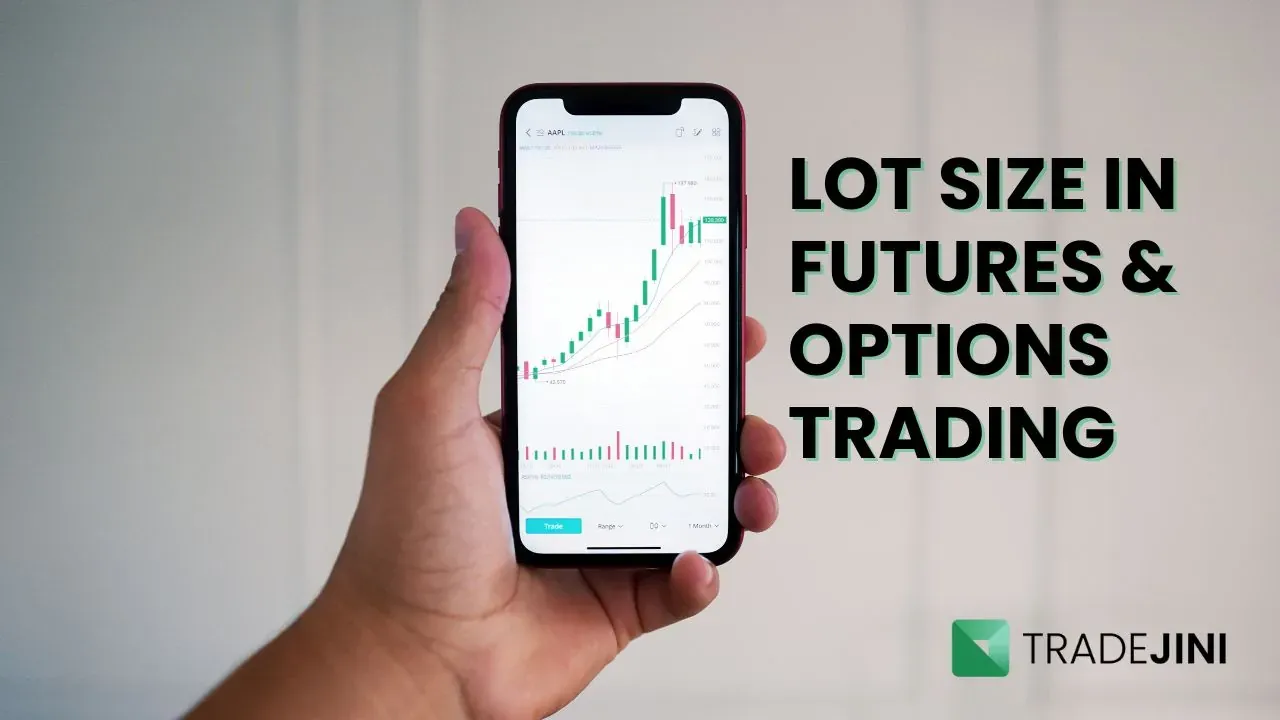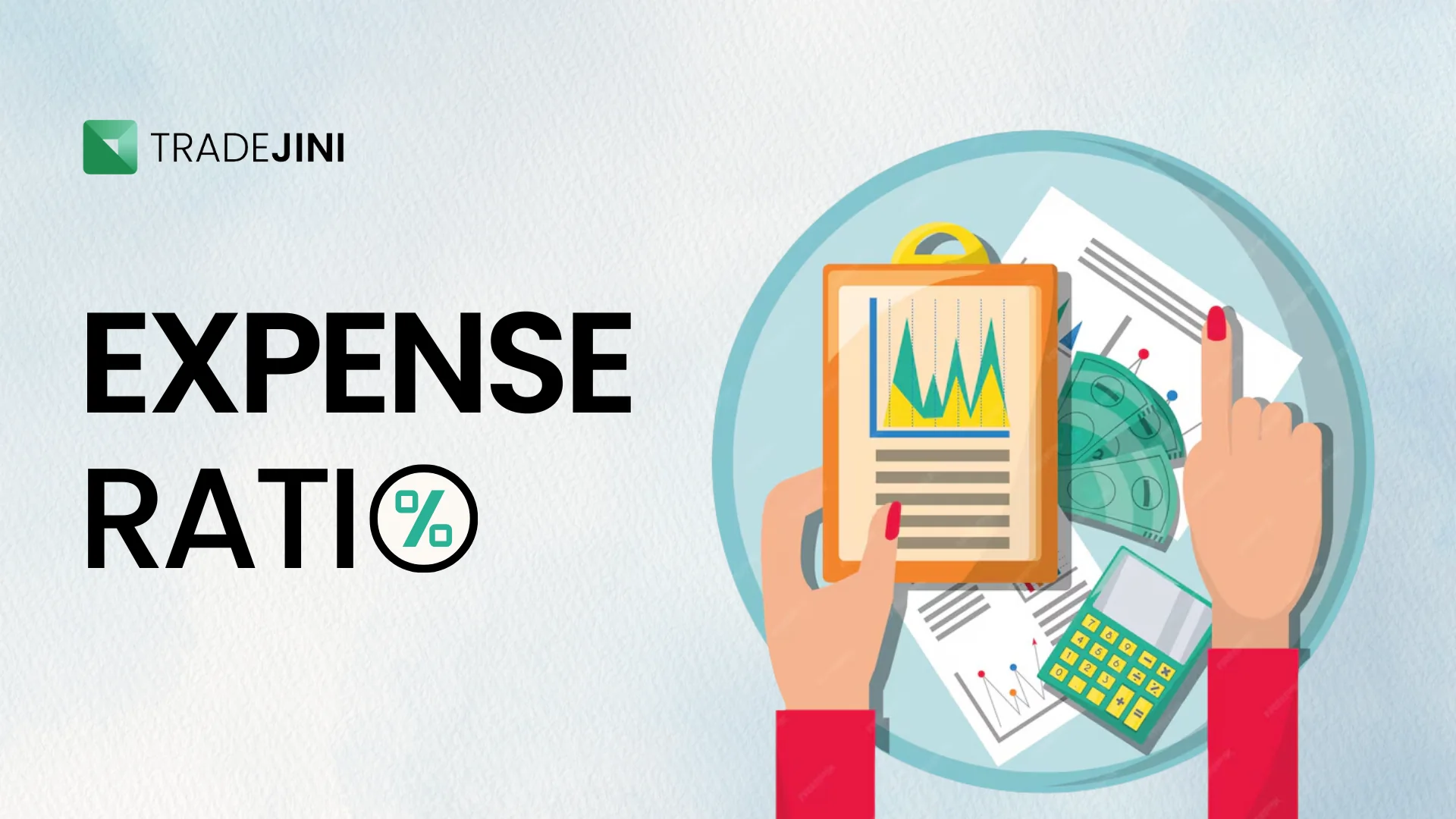How to Rollover Futures Contract
Have you ever been in a situation where you wanted to keep trading an asset but found out your futures contract was about to expire? This is where rollover comes into play! The future contract rollover is a simple process that allows you to extend your exposure to an asset even after the contract expires. Just by rolling over, you can sell the expiring contract and buy a new one with a later expiry date. This lets you continue trading without the hassle of settling the contract or taking delivery of the asset. Let’s learn more about what is rollover in futures contracts and how it works.
What Is Rollover in Futures Contracts?
In simple words, a rollover of futures is when a trader moves from an expiring contract to a new one. This is usually done by selling the old contract and buying a new one at the same time. Traders roll over to avoid the need to settle the contract. It happens when traders do not want to receive the actual goods or pay cash for the contract but just want to stay in the game and keep trading.
For example: You have a gold futures contract that is expiring in October, but you want to stay invested in gold. For this, you should sell the October contract and buy a November contract. This way you continue to hold a position in the market without needing to deal with the delivery of actual gold.
Why Do Traders Rollover?
The most common reason traders use rollover in futures is to avoid the hassle of settling contracts. Many traders, especially those who are just looking to profit from price changes, prefer to extend their position rather than take ownership of the asset.
How Does Rollover Work?
The Process of Rolling Over a Futures Contract
Rolling over a futures contract can happen either manually or automatically, depending on the trading platform. Regardless, it has two main steps:
- Selling the expiring contract - You close your current position in the contract that is about to expire.
- Buying the new contract - At the same time, you open a position in the next contract, which expires later.
Also Learn: Potential Effects of the 2024 US Presidential Elections on the Indian Stock Market
Cost of Carry in Rollover of Futures
The cost of carry (CoC) includes all the costs associated with holding a position in the futures market. These costs usually include:
- Interest charges (if you borrow money to trade)
- Storage costs
- Insurance
- Any other related expenses.
This cost plays a role in how the next futures contract is priced. For instance, if there are high storage costs for a commodity, the next contract’s price may be higher than the expiring one.
How Cost of Carry Impacts Rollover Decisions
As a trader, you would also need to consider the cost of carry when deciding whether to roll over their futures contract. If the cost of holding the asset is high, the price difference between the old and new contract can be significant.
Also Learn: Navigating Stock Delisting: What Shareholders Need to Know
When Should You Roll Over?
In trading, you should always do things at the right time. Moreover, timing is everything when it comes to the rollover of futures. It not only helps you save money but also reduces risks.
- As the contract nears expiration, fewer people trade it, making it harder to buy or sell without paying extra. To avoid this, many traders roll over when liquidity is still strong.
- Open interest is the number of contracts still open and not yet settled. As contracts get closer to expiration, open interest drops in the old contract and rises in the new one. This is a good sign that it's time to roll over.
Risks of Waiting Too Long
If you wait too long to roll over your contract, you could face the following problems:
- Higher costs, making it more expensive to trade.
- Price volatility, leading to unexpected losses.
To avoid these issues, it would be smart to roll over a few days before the contract expires.
How do Liquidity and Open Interest Change?
When the futures contracts get close to expiration, more traders start rolling over to the next contract. This causes liquidity to drop in the old contract and increase in the new one. The timing of this shift is important as lower liquidity in the old contract can make it harder to get a good price.
Open Interest Changes
Just like liquidity, open interest, which is the total number of active contracts, also changes from the expiring contract to the new one. As open interest moves, it signals to traders that it is time to roll over their contracts to avoid being left in an unfavourable position.
The Impact of Open Interest Changes
- Increasing Open Interest: When traders start rolling over, the open interest in the new contract increases as they buy new positions. This is a good sign that the market is confident in the new contract's future price movements.
- Decreasing Open Interest: On the other hand, as the expiring contract nears its end, the open interest drops. This drop means that traders are either closing their positions or rolling over.
Conclusion
If, as a trader, you wish to keep your positions without settling contracts, you must know the significance of the rollover in futures contracts. It not only helps you make better choices for your investments but also saves you money.
Now, if you want to make trading easier, check out the Tradejini Cubeplus app. With the trading app, avail smooth access to futures trading, real-time updates, and helpful tips. Easily manage your futures contracts and make smart rollover moves.
Also Read: How Implied Volatility (IV) Affects Options: Explanation and Examples
_11zon.webp?alt=media&token=bd974821-aee4-43a5-b467-01d1a67a570b)
_20_11zon.webp?alt=media&token=6659b2e6-927e-42de-8375-e227e579f556)
_11zon.webp?alt=media&token=a8f3f55c-dc70-4d42-844e-6874ceff69ce)
_11zon.webp?alt=media&token=a05d2324-cace-44ed-a35f-50f9e63be9c3)
_11zon.webp?alt=media&token=14cd8f87-8add-49ce-84f1-ca07a0c52b0c)



.webp?alt=media&token=3e6c4b4a-4d06-4c88-8b81-ae1de55d2c42)

